With gratitude for 30 years
Kikkoman's ATP test, which was launched in 1994, celebrates its 30th anniversary this year, and we owe this milestone entirely to your continued support.
We sincerely thank you.
Thirty years ago, food hygiene management primarily relied on microbial contamination as an indicator, which meant that obtaining results typically took several days. However, with the advent of the ATP test, it became possible to detect and address contamination in real time, bringing significant changes to the food manufacturing industry. That said, initially, it was difficult for people to understand ATP as an indicator of contamination (substances that serve as food for microorganisms), and the high cost of the measuring equipment hindered widespread adoption. Despite these challenges, thanks to the understanding and cooperation of those working tirelessly to prevent foodborne illness, the value of this test gradually gained recognition.
Today, Kikkoman's ATP test is not only used as an indicator of contamination in the food manufacturing industry but also plays an active role in various fields such as hygiene education for employees and schools, the foodservice industry, healthcare, cleaning, and environmental sanitation.
At this milestone, we would like to once again express our deep gratitude to all of you. We will continue to work hard to provide products that meet your satisfaction, and we sincerely ask for your continued support.
History
The milestone of ATP test
Striving to establish a new hygiene testing method
-
Establishment of the Noda Soy Sauce Brewing Association's Brewing Laboratory
Kikkoman's research and development division originated from the Noda Soy Sauce Brewing Association's Brewing Laboratory. At the time of its establishment, research was conducted on the production of seed koji using pure culture, which was cutting-edge technology at the time. In the 1950s, this research expanded and evolved into studies on soy sauce-based processed products and life sciences.
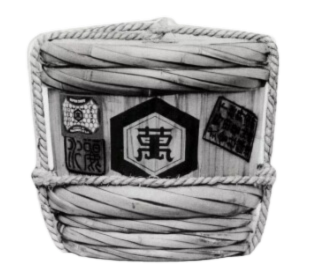 1904
1904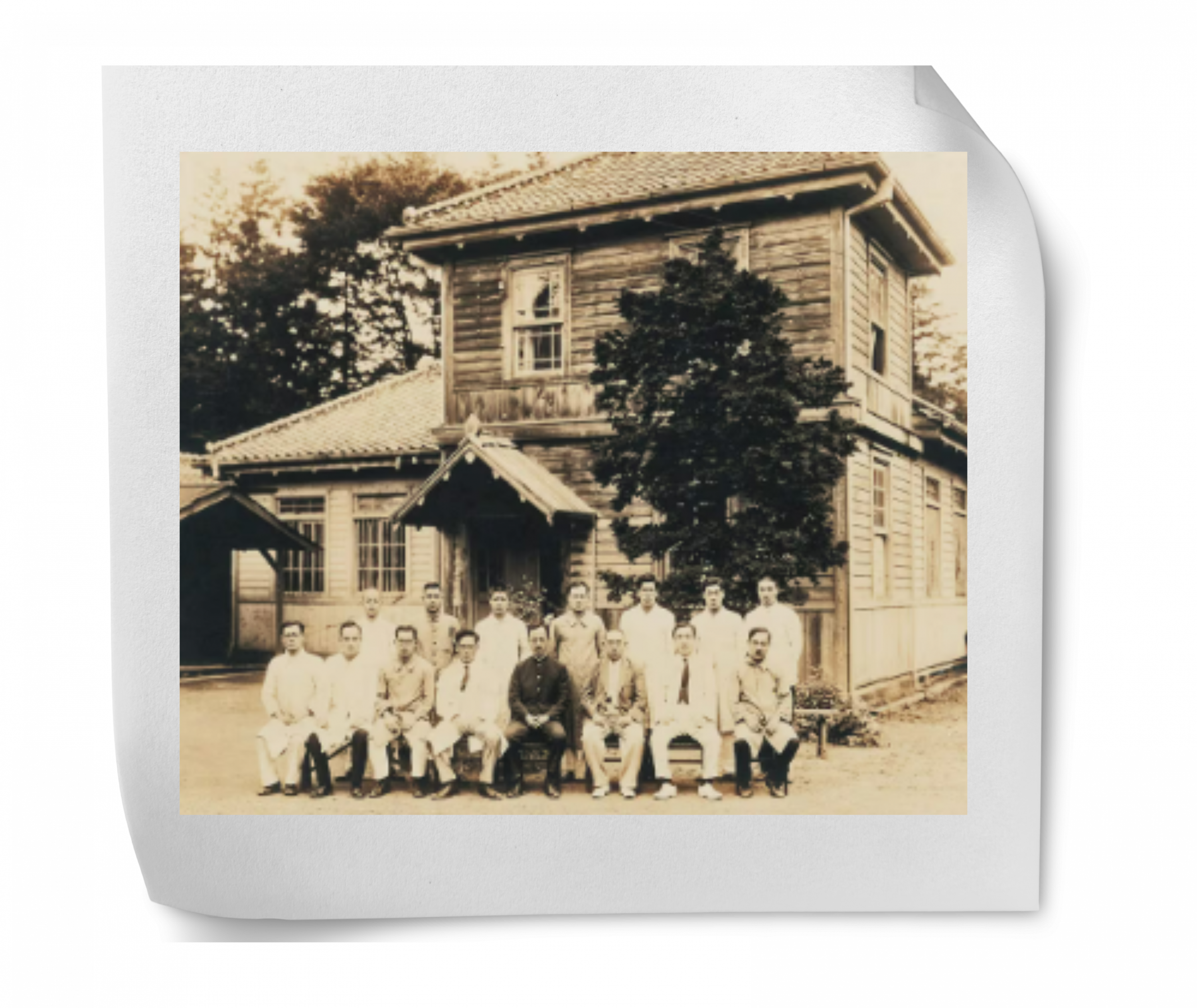
-
Development of Genetically Modified Luciferase Production
Previously, around 100,000 fireflies were needed to obtain 1 gram of luciferase. However, with the world’s first successful cloning of the luciferase gene from the Japanese firefly, it became possible to mass-produce highly stable luciferase.
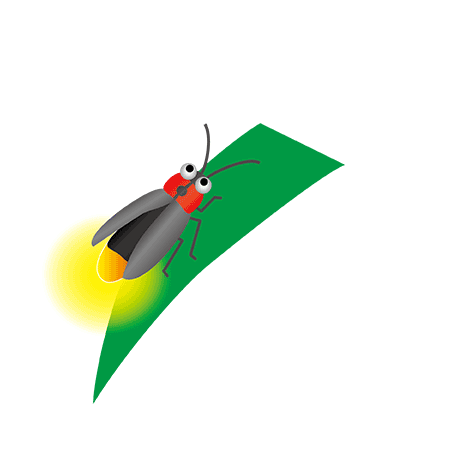 1989
1989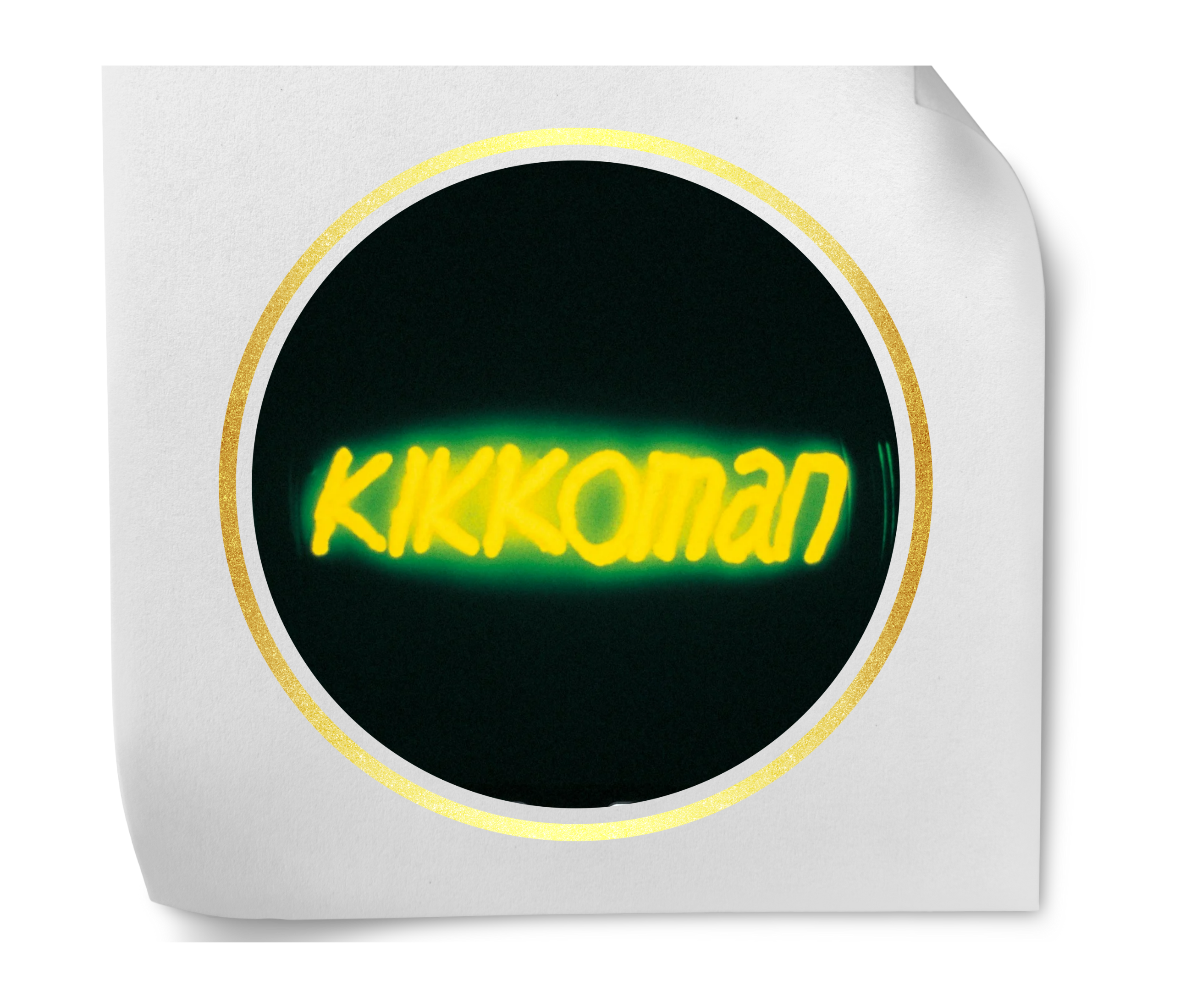
-
Launch of CheckLite LU
The ATP measurement kit 'CheckLite LU,' which uses genetically modified luciferase, was launched, followed by the release of 'CheckLite LU Plus' with an ATP extraction reagent the following year. This made it easier to measure ATP levels and the number of microorganisms.
1990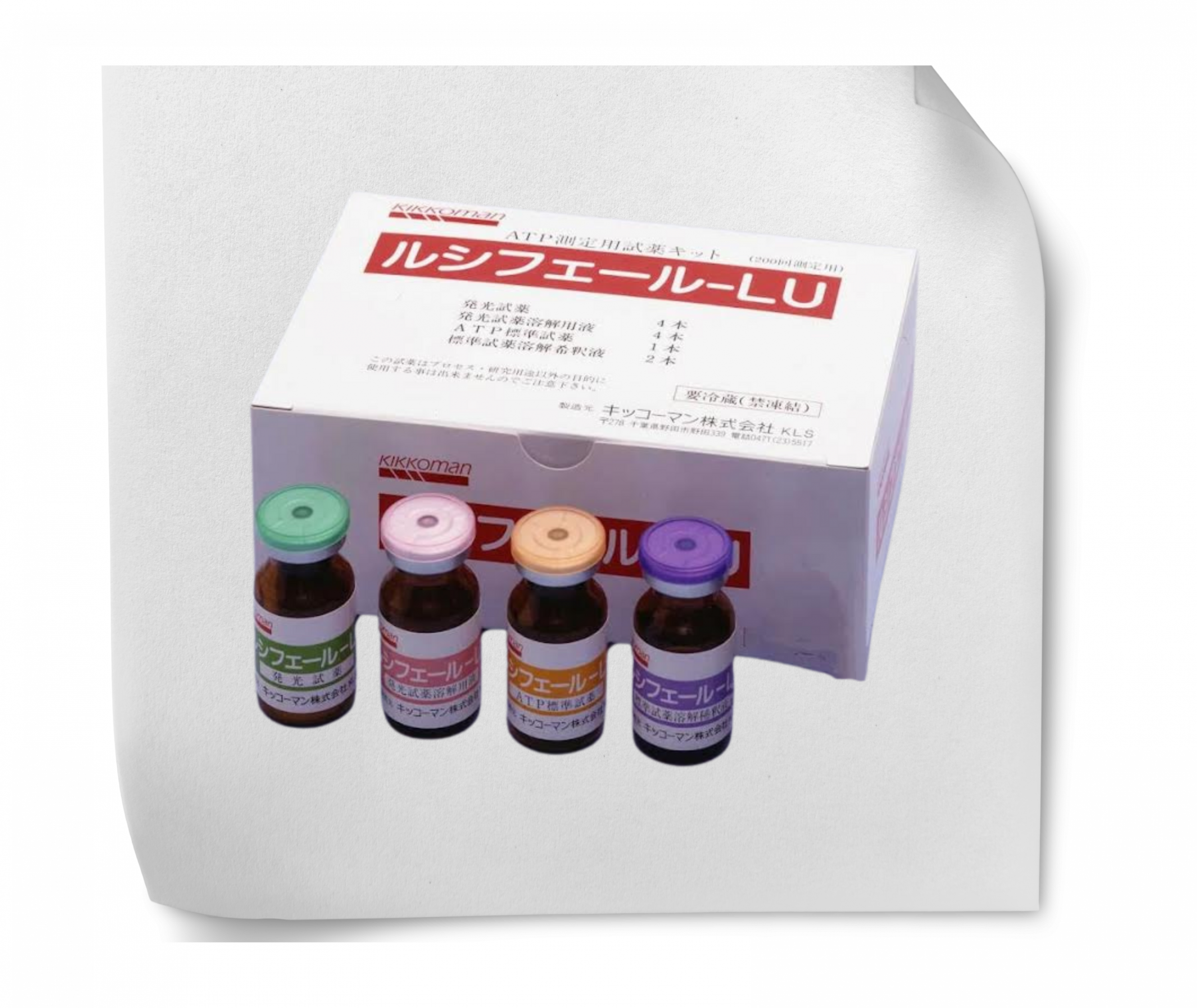
-
Launch of Lumitester K-100
Up until then, most luminometers were stationary models. To enable hygiene inspections directly at the site, the portable luminometer 'Lumitester K-100,' weighing just 2.5 kg, was launched with reduced size and weight.
1993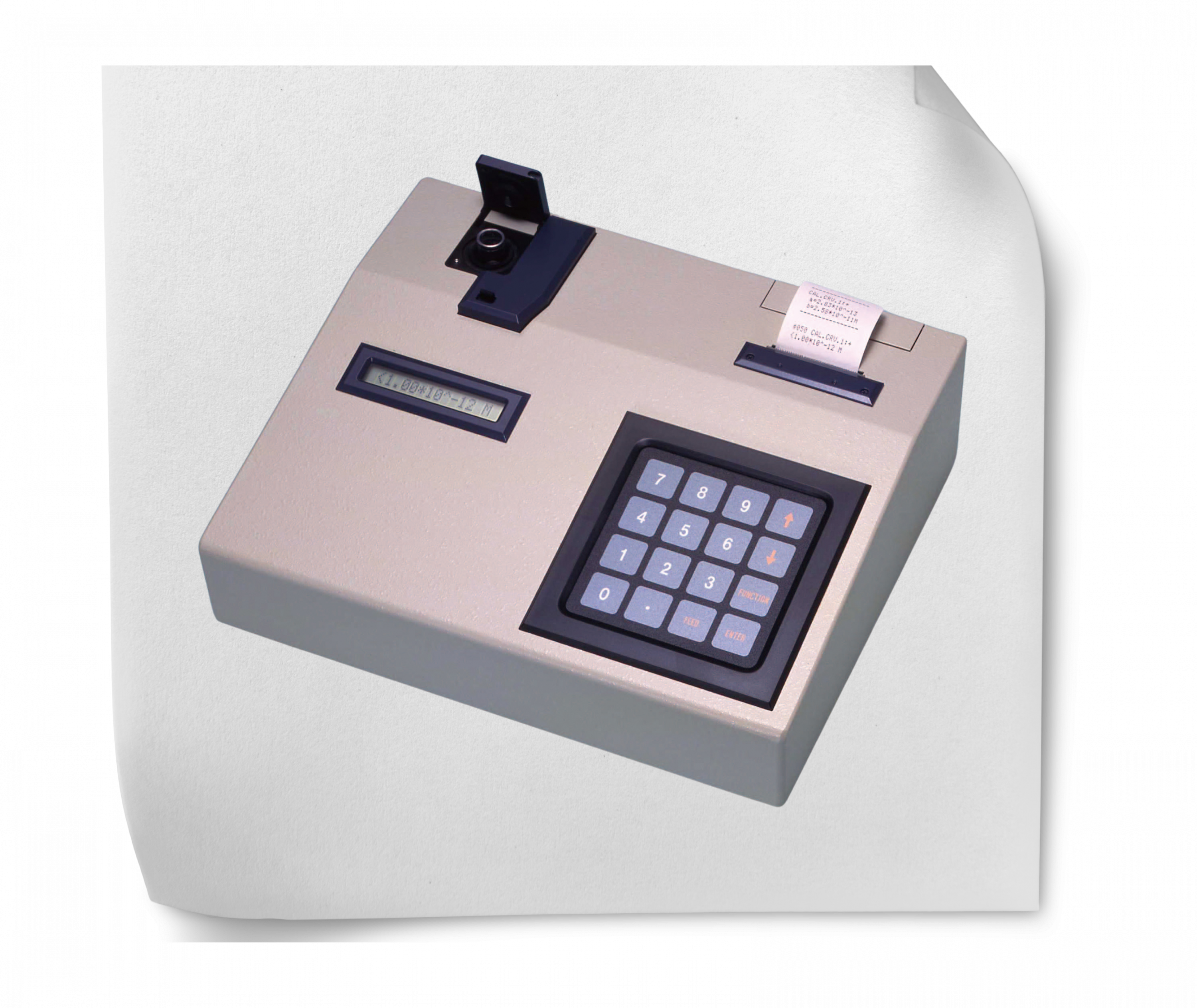
-
Start of the ATP Test Business
Hygiene inspections using microorganisms as contamination indicators required both time and effort. Therefore, with a shift in thinking to replace contamination indicators with ATP, which serves as food for microorganisms, the 'ATP Test' was introduced to streamline hygiene management.
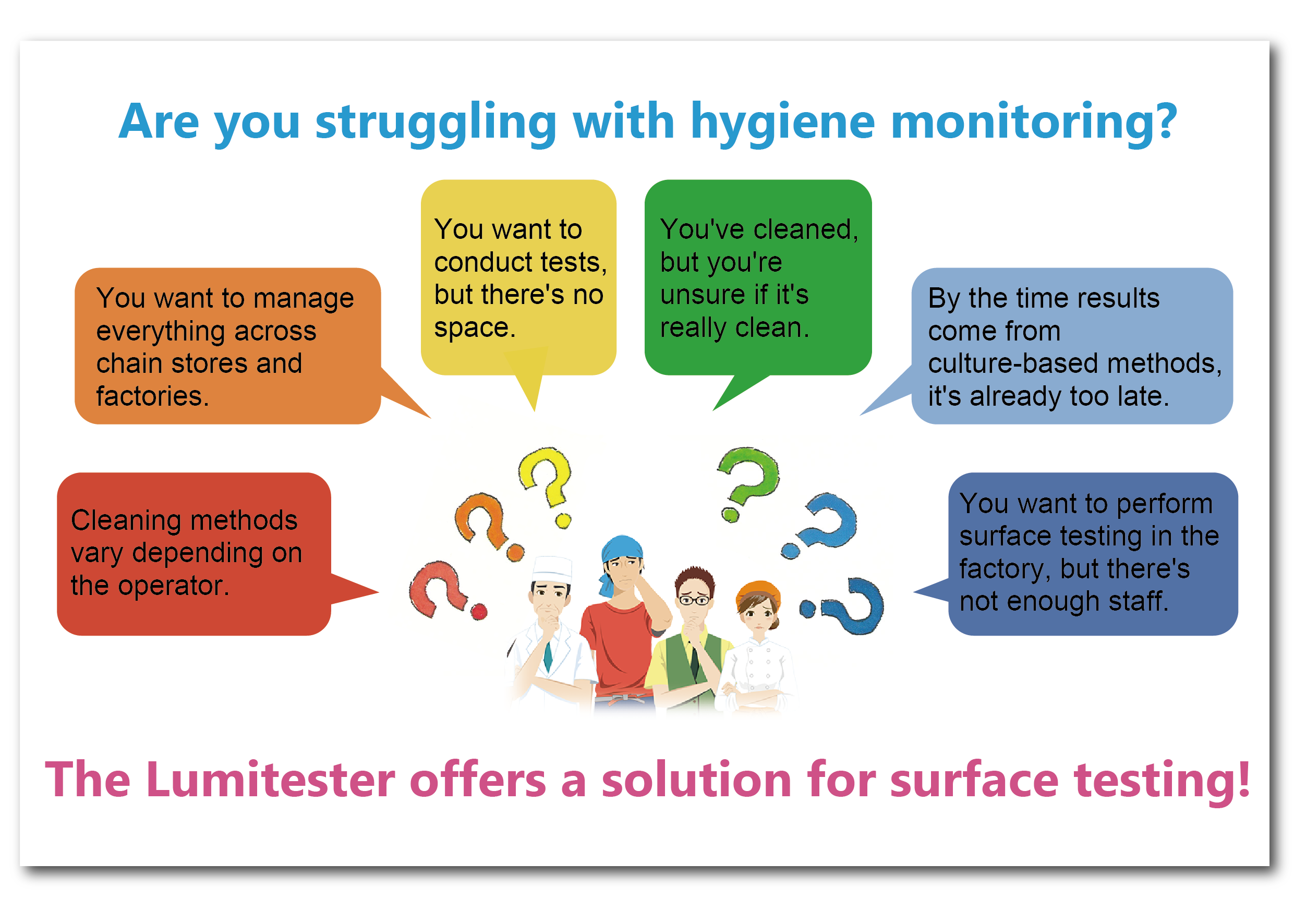
From the first catalog distributed when the Lumitester was initially launched.
 1994
1994
-
Launch of Lumitester K-200
Released the mass-production model "Lumitester K-200," which inherited the ease of use of the Lumitester K-100.
1995
-
Launch of Lumitester C-100
Released the "Lumitester C-100," a lower-priced, lightweight (700g) model of the K series, which can be connected to a PC.
1997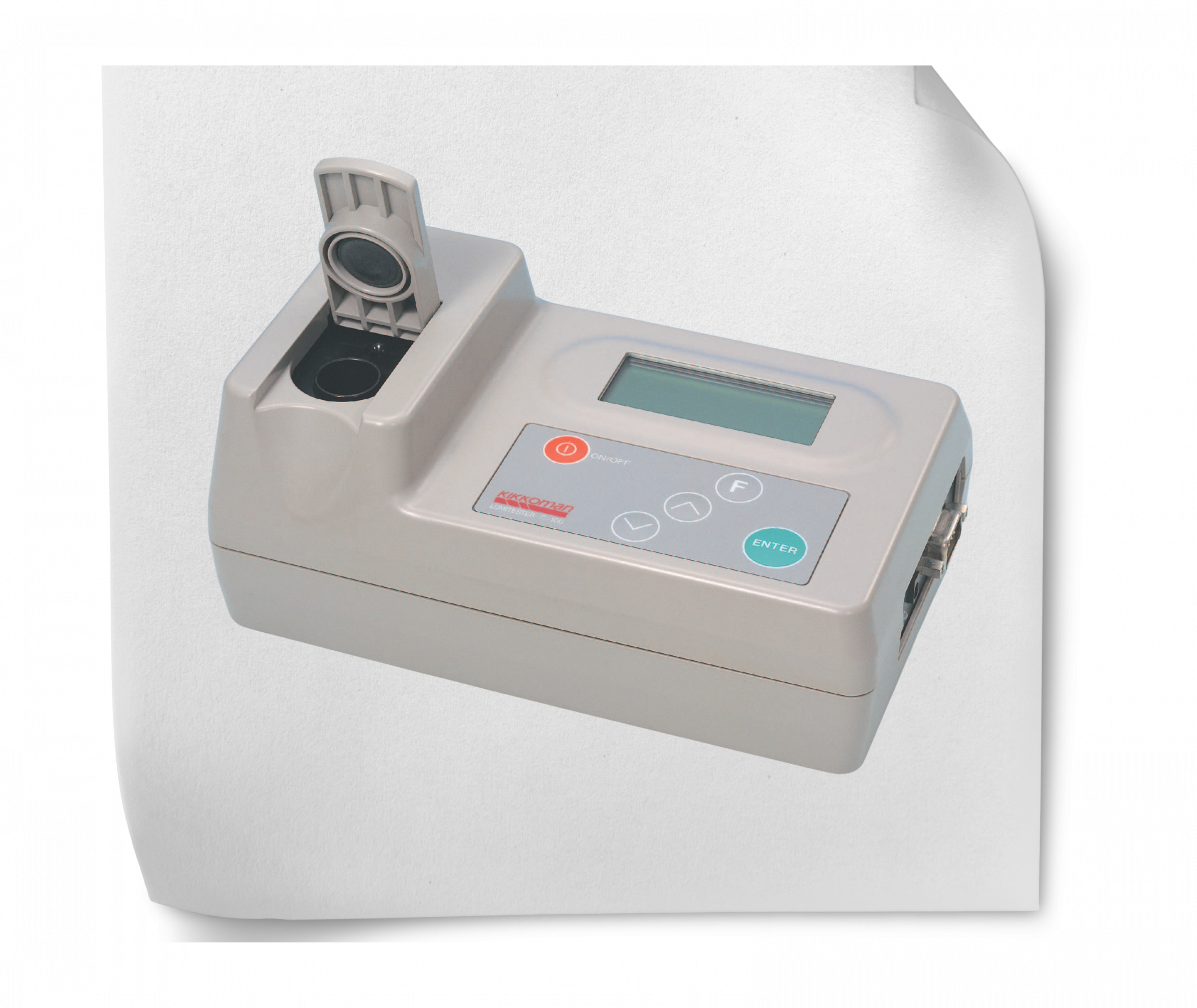
-
Launch of LuciPac
Released "Lucipac," a combined reagent and swab stick. The cumbersome operation for testing has been eliminated, and now anyone can easily perform ATP swab tests using only Lumitester and Lucipac.
1998
-
Launch of Lumitester PD-10 / LuciPac W
Released the handheld "Lumitester PD-10" and the high-sensitivity reagent "LuciPac W," which can detect not only ATP but also AMP.
 2001
2001
-
Listed in the Food Hygiene Inspection Guidelines
The ATP test was included in the "Food Hygiene Inspection Guidelines," a manual based on Japan's Food Sanitation Law (official methods).
2004
-
Featured in NASA Technical Handbook
The ATP test using Lumitester was featured in the NASA Technical Handbook and was used for contamination assessment during the assembly of a Mars exploration probe.
2008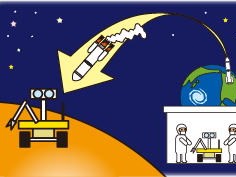
-
Launch of Lumitester PD-20 / LuciPac Pen
Released the "Lumitester PD-20," which offers more functions than the PD-10 at a lower price, and the dedicated reagent "LuciPac Pen."
 2009
2009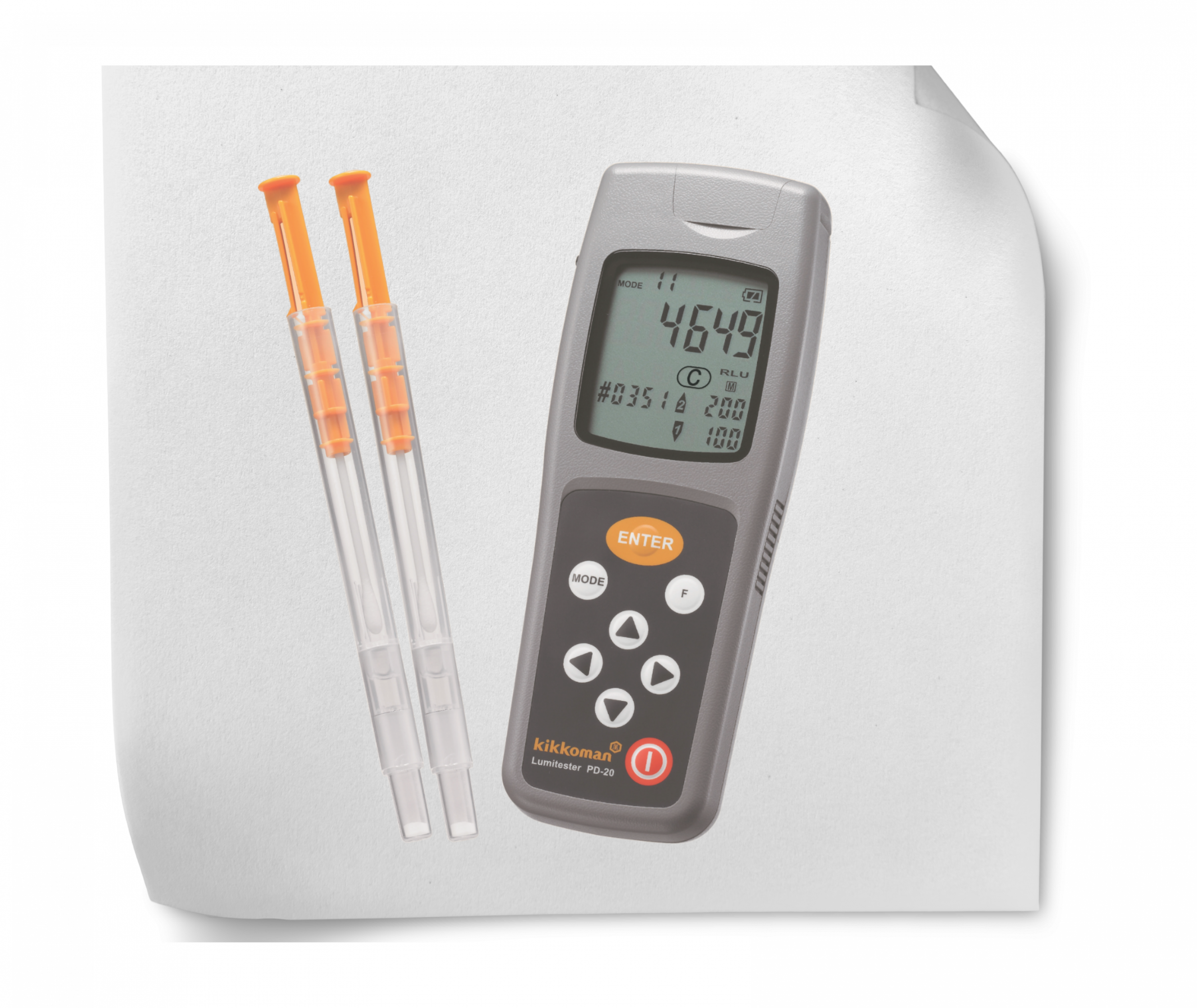
-
Launch of LuciPac A3 Series
Released the "LuciPac A3 Series," which can measure not only ATP and AMP but also ADP. This made it possible to detect contamination in raw meat product that had previously been overlooked.
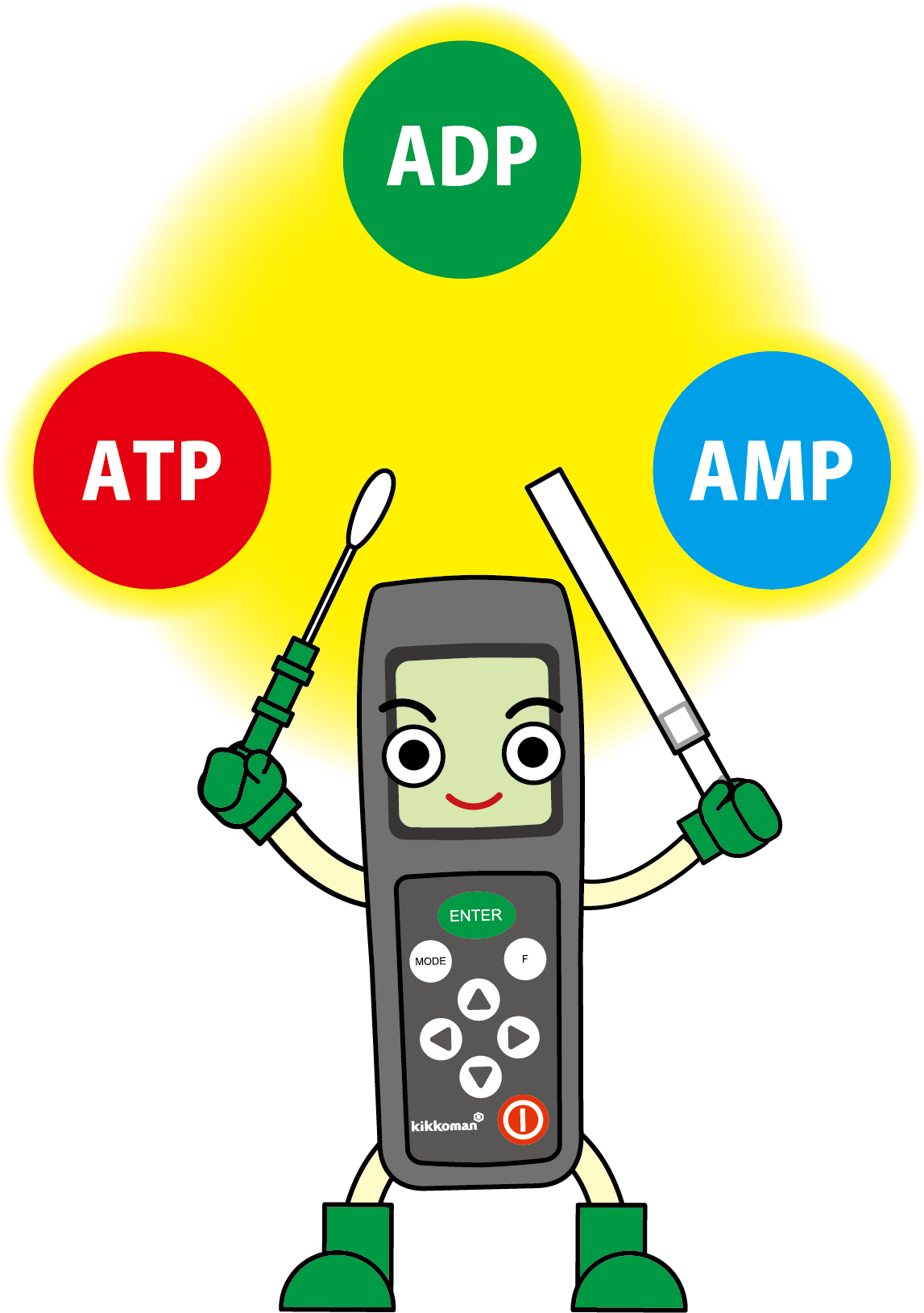 2017
2017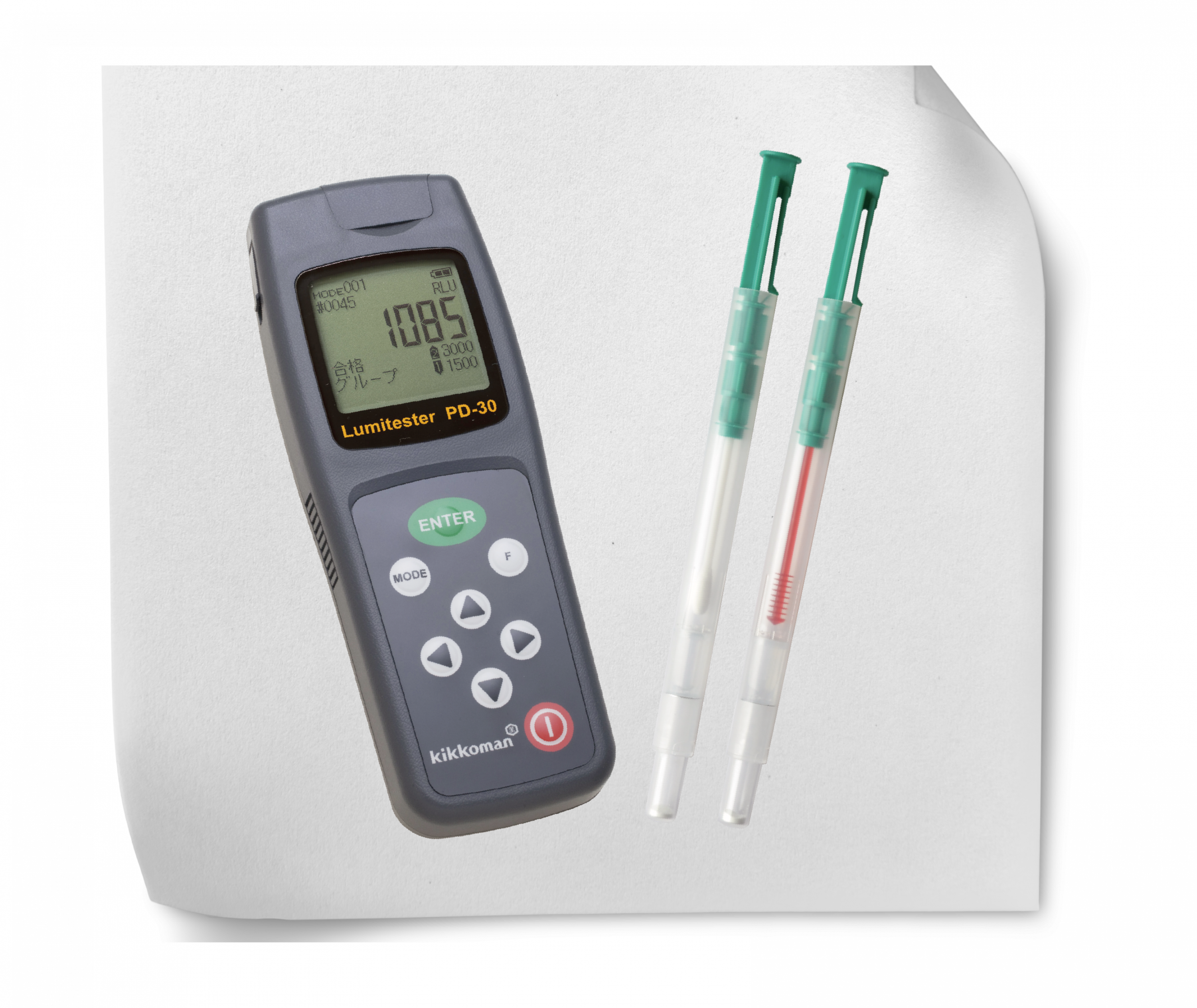
-
Launch of Lumitester Smart
Released the "Lumitester Smart," which improved both design and functionality, enabling centralized data management for multiple locations using cloud technology.
 2019
2019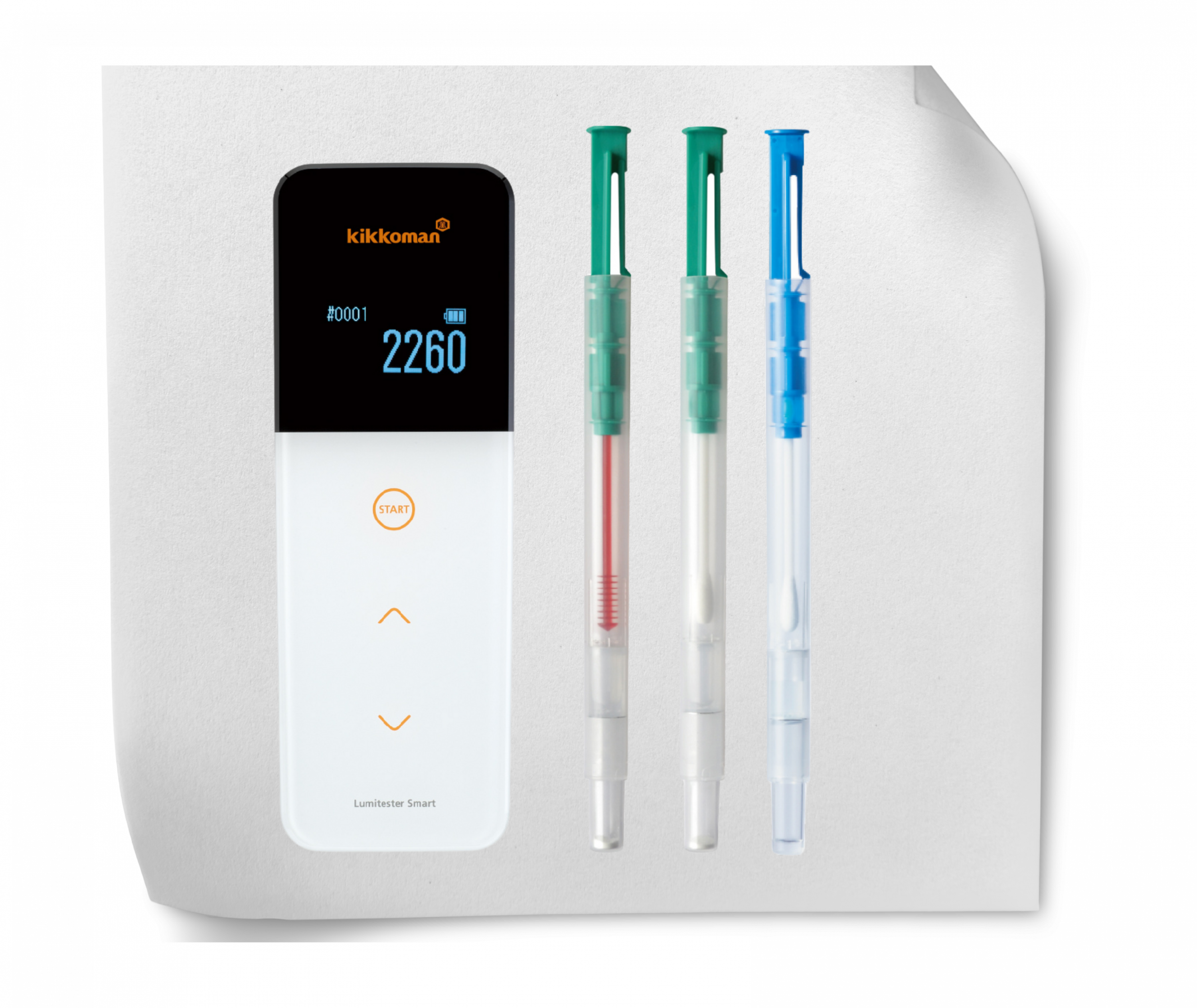
-
Obtained AOAC-RI PTM Certification
"LuciPac A3 Surface" obtained AOAC-RI PTM certification (Certificate number: 051901).
2019
-
Awarded Good Design Best 100
"Lumitester Smart" won the Good Design Best 100 award in 2019 (hosted by the Japan Institute of Design Promotion).
2019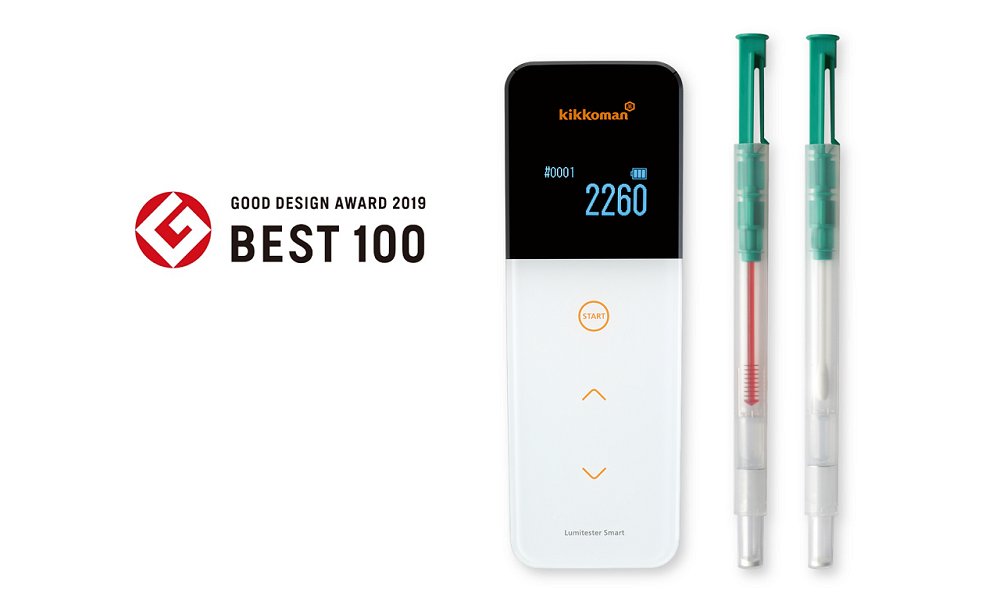
-
Awarded iF Design Award
"Lumitester Smart" received the iF Design Award in 2021.
2021 -
Adopted Biomass Material with ISCC Certification
Adopted 100% ISCC-certified biomass polypropylene for the main body of the LuciPac series.
2023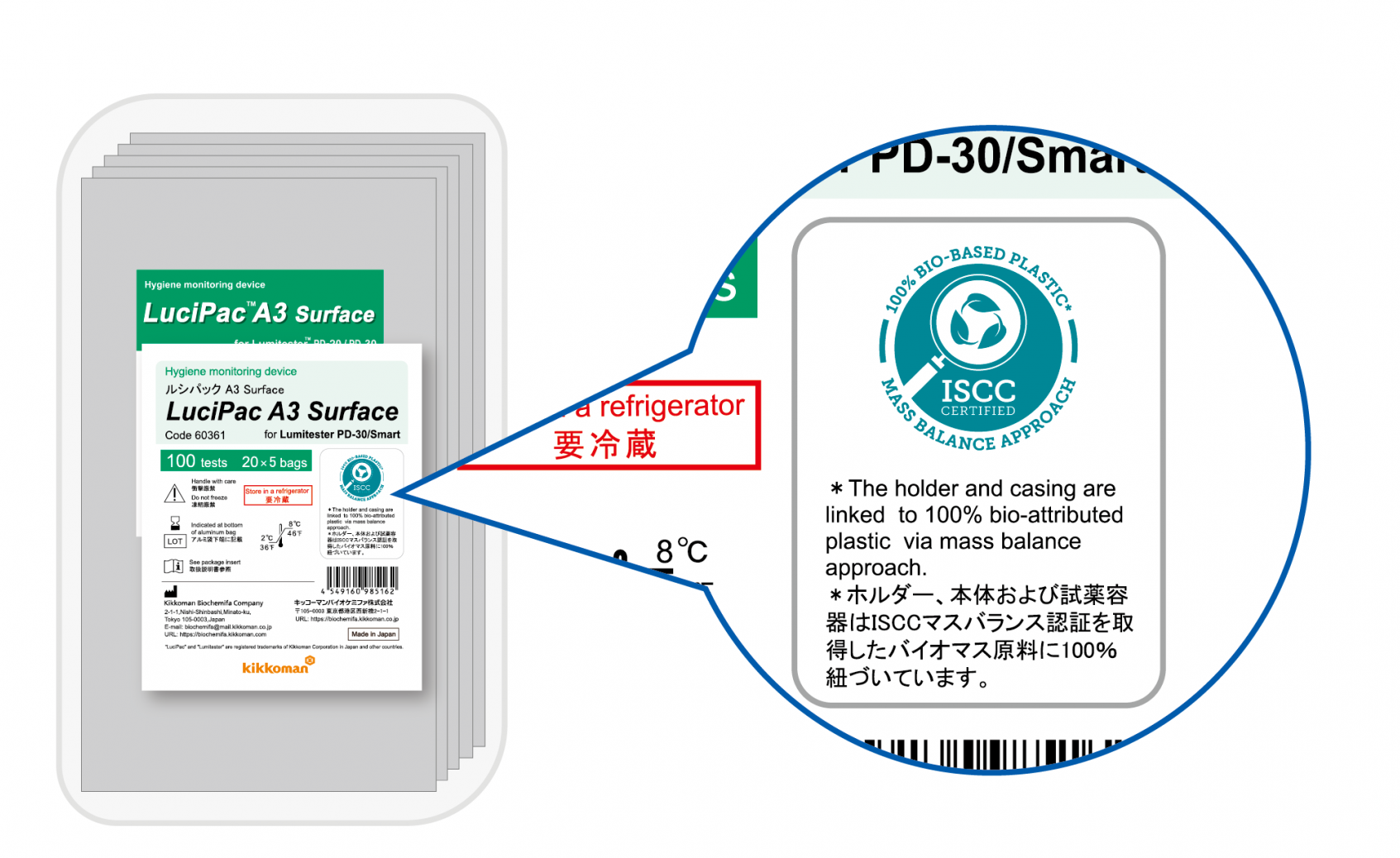
-
Receives Prestigious National Commendation of Invention 2023 Award
“Lumitester Smart” was awarded for the Commissioner of Japan Patent Office Award and the Invention Implementation Achievement Award at the 2023 National Commendation of Invention.
2023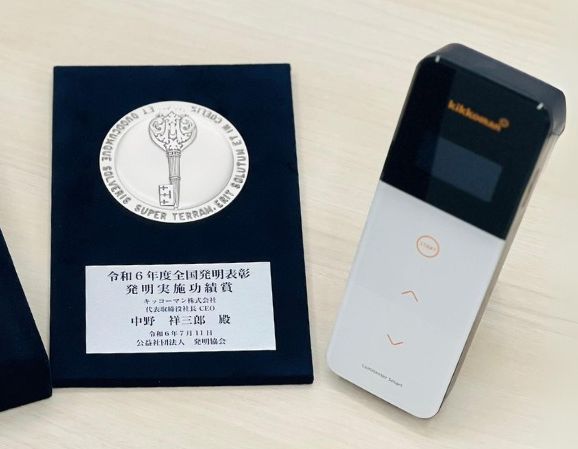
2024 30th Anniversary
Worldwide
Global Adoption of ATP Testing
As of 2024, Kikkoman Biochemifa's ATP testing is being used in over 100 countries around the world.


